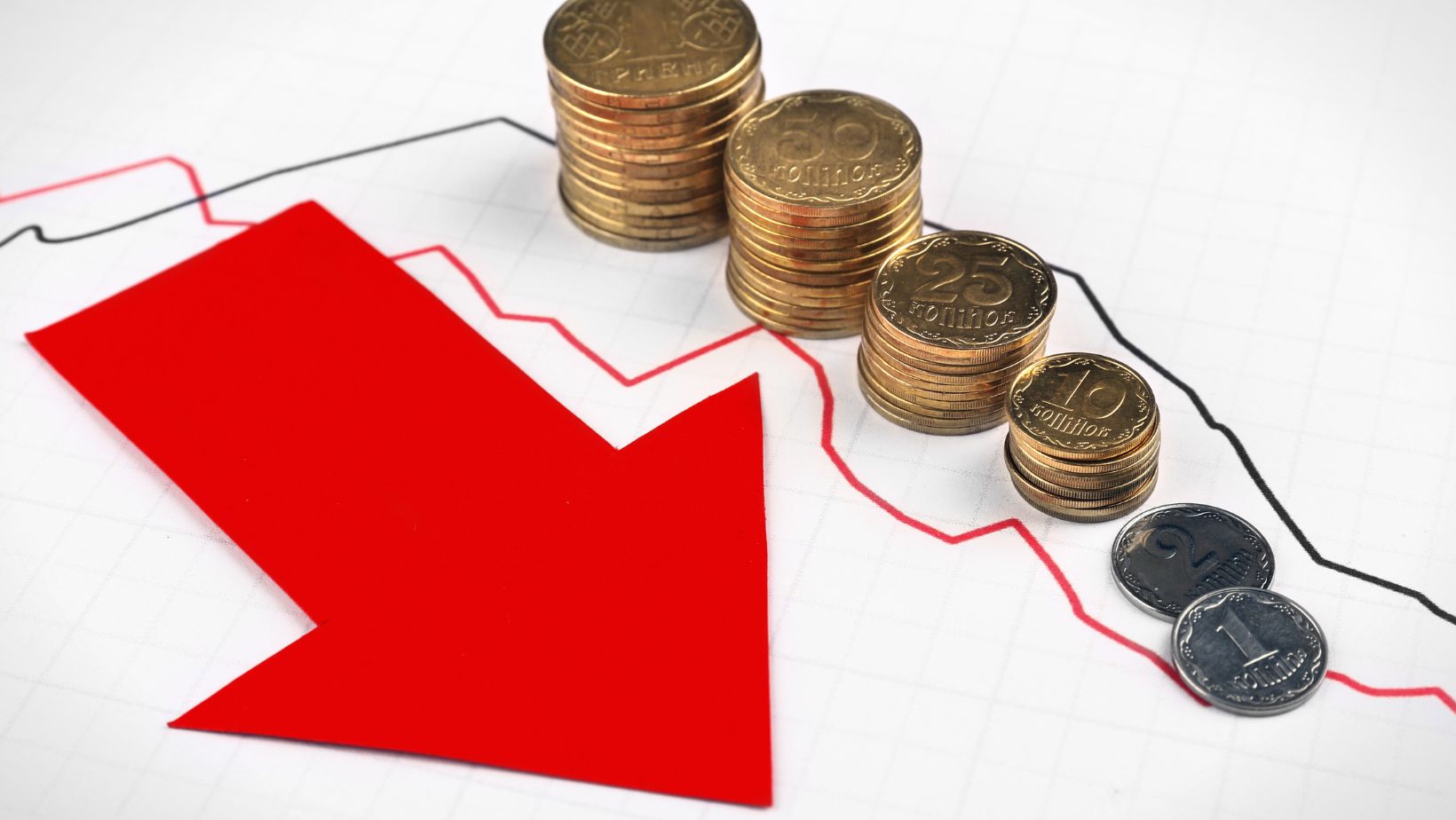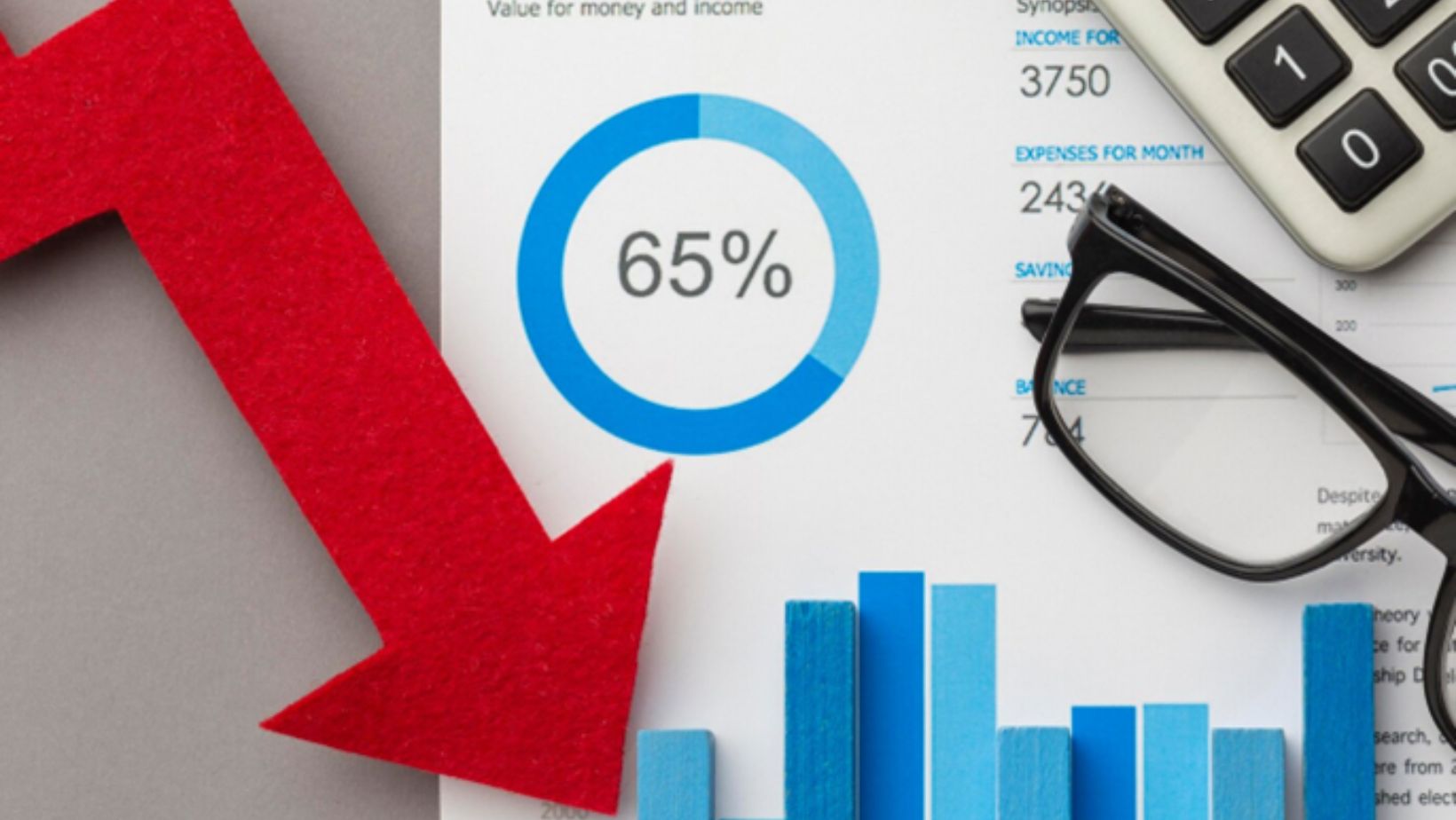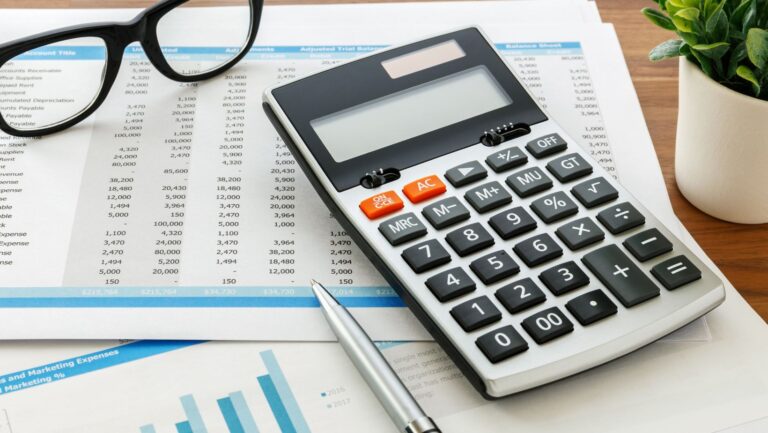Accumulated depreciation is an essential part of financial accounting. It helps businesses track the gradual loss of value of their fixed assets over time. Understanding how it works and its role in financial statements can help you keep your company’s financial health.
What Is Accumulated Depreciation?
Accumulated depreciation is the total amount of depreciation that has been recorded for a fixed asset since it was purchased. Depreciation refers to the process of allocating the cost of an asset over its useful life. This helps reflect the fact that assets like machinery, vehicles, and buildings lose value over time due to wear and tear or obsolescence.
Accumulated depreciation is presented as a negative amount on the balance sheet under the fixed assets section. It shows the reduction in the value of an asset and gives a more accurate picture of its current worth.
When a company buys an asset, it doesn’t immediately record the full cost as an expense. Instead, the expense is spread out over the asset’s useful life. For example, if a company buys a machine for $10,000 and expects it to last 10 years, it will record $1,000 in depreciation expense each year. Accumulated depreciation grows year by year as depreciation is recorded.
How to Calculate Accumulated Depreciation
Calculating accumulated depreciation depends on several factors, including the asset’s initial cost, useful life, and estimated salvage value. The salvage value is the amount you expect to get when the asset is no longer usable.
For example, if a machine is expected to last 10 years and has a salvage value of $500, the depreciable amount is the initial cost minus the salvage value.
How to calculate accumulated depreciation:
Depreciation = (Initial Cost – Salvage Value) / Useful Life
Methods for Calculating Depreciation
There are different methods for calculating depreciation, but the two most common are:
- Straight-Line Depreciation: This is the simplest method. The same amount is depreciated each year over the asset’s useful life. For example, if an asset costs $10,000, has a salvage value of $500, and a useful life of 10 years, the annual depreciation expense would be:
(10,000 – 500) / 10 = 950. So, the accumulated depreciation after two years would be $1,900.
- Declining Balance Depreciation: This method depreciates a larger amount in the earlier years of the asset’s life and smaller amounts later. This method is useful for assets that lose more value in the early years. To calculate this, you apply a fixed percentage rate to the asset’s book value each year.
What Is It Used For?
Accumulated depreciation serves several purposes in accounting:
- Tracking Asset Value: It helps track an asset’s value reduction over time. This allows companies to see how much of an asset’s value has been used up.
- Tax Reporting: Depreciation is a tax-deductible expense. Businesses use accumulated depreciation to reduce taxable income by spreading the cost of an asset over multiple years.
- Financial Reporting: Accumulated depreciation appears on the balance sheet and gives a more accurate picture of a company’s assets and current value.
This process helps businesses track the total depreciation expense recorded over the asset’s lifespan, providing a clearer picture of its current value on financial statements.
The Role of Depreciation Normal Balance in Financial Statements
Accumulated depreciation has a normal balance on the credit side of the balance sheet. This is because it reduces the value of assets, which are recorded on the debit side. Each year, as depreciation expense is recorded, the accumulated depreciation account increases with a credit entry, and the corresponding depreciation expense is recorded as a debit in the income statement. Let’s look at how it affects different parts of these statements.
Balance Sheet Impact
Accumulated depreciation appears on the balance sheet as a “contra-asset” account. This means it offsets the value of an asset. Instead of showing the full cost of an asset, companies show its cost minus the accumulated depreciation.
This gives investors and stakeholders a more accurate view of the current value of a company’s assets rather than just the original cost. Over time, as depreciation accumulates, the asset’s value decreases on the balance sheet.
Income Statement Impact
While accumulated depreciation is on the balance sheet, the depreciation expense appears on the income statement. Depreciation expense reduces the company’s net income, but it’s a non-cash expense. Although it lowers the reported income, it does not involve an actual cash outflow.
Cash Flow Statement Impact
Since depreciation is a non-cash expense, it is added to the net income in the cash flow statement under operating activities. This adjustment is made because depreciation reduces net income but doesn’t affect the company’s cash flow.
Understanding how accumulated depreciation works, the formula for accumulated depreciation, and how it impacts financial statements can help businesses and investors make informed decisions. Whether using the straight-line method or another method, accumulated depreciation is important for maintaining accurate financial records.






